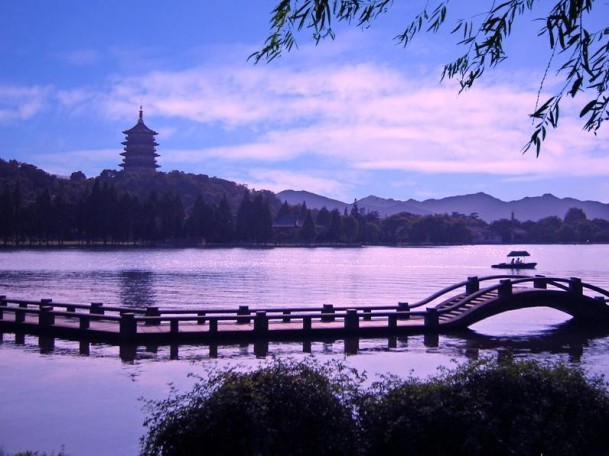Far away in the West China, Sichuan is home to the giant panda preserve, awesome wild natural scenery, renown spicy Chuan cuisine, as well as a unique branch of Chinese tea culture – the Sichuan tea culture. There’s no better way to experience the quaint and exotic Sichuan tea culture than to follow in the locals’ footsteps to the countless teahouses in Chengdu.
China’s leisure city Chengdu has the largest number of teahouses in China, and long taken credit for the most comprehensive ones, showcased in the all kinds of sizes, multifarious designs and layouts, warm and attentive services with authentic tea at different prices, exquisite tea sets, and various fun and refreshing entertainment originated from Sichuan traditional culture and folk customs and arts.


The Chengdu teahouse is gem of Chinese tea culture, and the most important part of locals’ daily life: for leisure, relaxing, chatting, meetings, as well as being the court of civilians in the old days. Tea house is to Chengdu people what café is to Western people.
Chengdu teahouses are both indoor and outdoor, mostly with tranquil ambience. The big, well furnished tea houses can house up to 1000 guests, while the little ones are with only several small square tables and bamboo chairs. Some of them are century-old converted from a museum or a temple, some are fancy, renovated, and eye-catching, and some are hidden gems in the remote corners. The teas mostly served in include jasmine, Dragon Well, and Bi Luo Chun.

What people do in the teahouses of Chengdu
Tea houses are far more than places for drinking tea, they are places for bǎi lóng mén zhèn (摆龙门阵), which means chatting and gossiping. Besides, people come here to smoke, watch TV, read newspaper, play cards or chess, play Majiang, and just kill the time.

The entertainment of teahouses
The forms of teahouse services are becoming increasingly diverse. Tea enthusiasts gather together to enjoy the wonderful performances of Sichuan opera, Chinese dulcimer, puppet show, acrobatic tricks, or the tradition form of storytelling when sipping the tea. People can also try a special and efficient way of cleaning up ears.

Another performance visitors should not miss is the Chengdu tea ceremony, the “Tea Doctors” serve the tea with unique teapots and their surprising, creative skills.


The most famous teahouses in Chengdu
Heming Teahouse (鹤鸣茶社): located inside the People’s Park, it is a riverside outdoor teahouse, and one of the most popular teahouses in Chengdu.
Shunxing Ancient Teahouse (顺兴老茶馆): it is the best one for Sichuan Opera, combined with offering delicate Chengdu snacks.

Yuelai Teahouse (悦来茶馆): it is a cheap alternative, with free Sichuan opera performances from 14:00 to 16:00 every Tuesday and Saturday.
Laozhaiyuan (老宅院): off the main track of the Wide and Narrow Alleys (宽窄巷子), this humble 200-year-old teahouse is a peaceful escape without anything flashy, just tea.






























